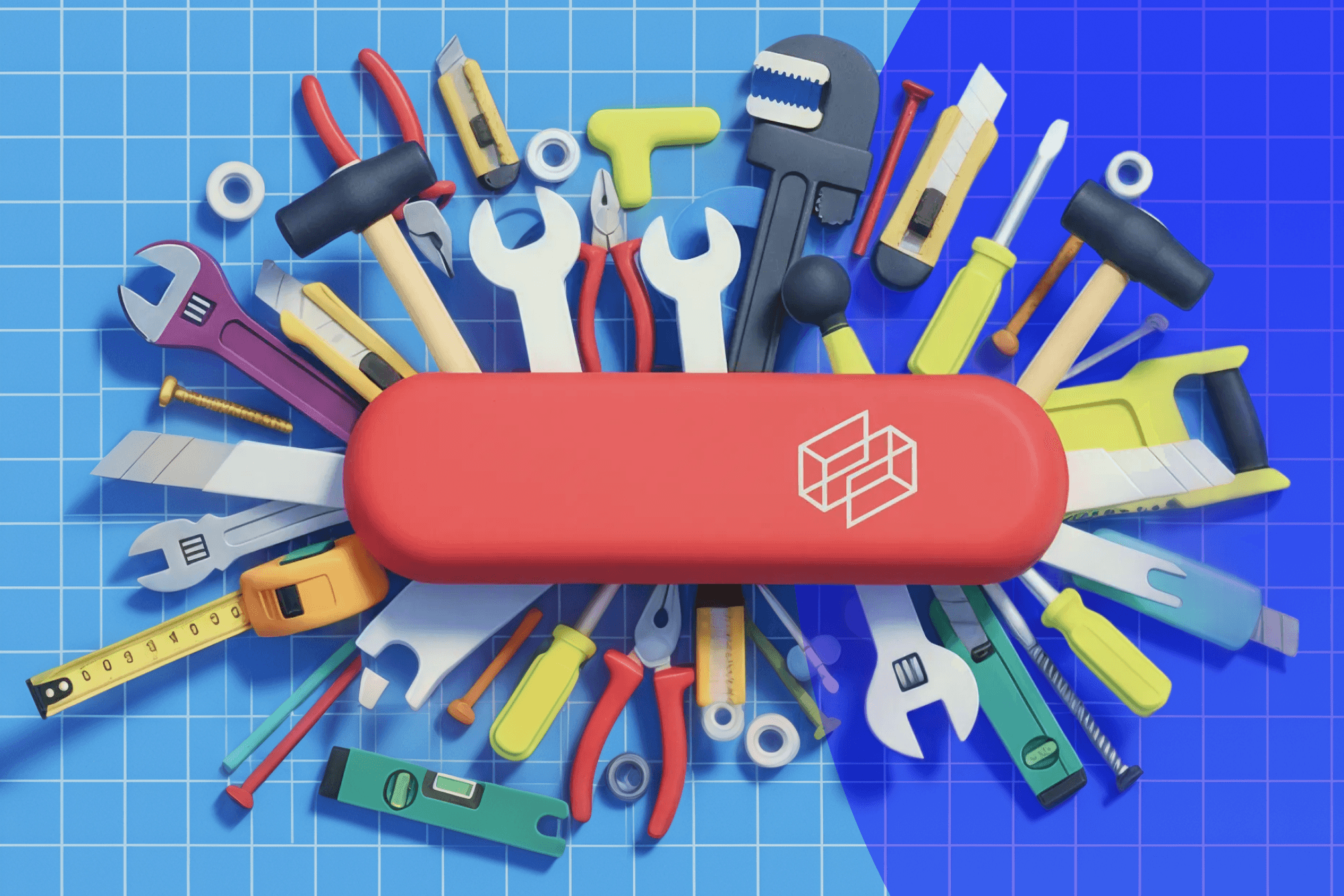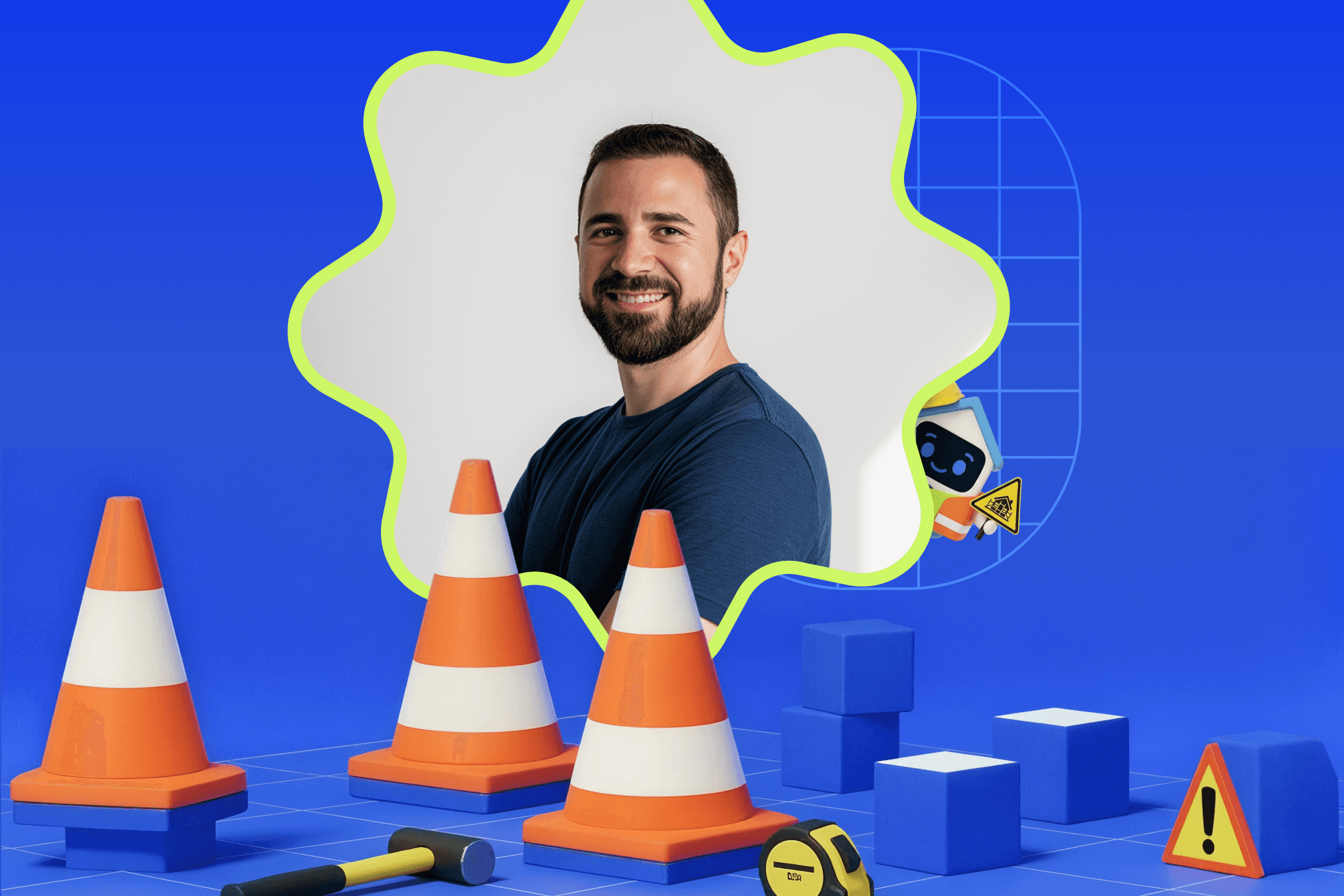From the founders
Button
10/28/25
The Builder’s Problem: My Journey to Raising Spacial’s Seed Round
When you build long enough, you start to notice patterns.
For me, the same scene kept playing on repeat. Great design would go in. Something very different would come out. Not because the architect missed something or the engineer did not care. It was the space in between. The part of the process nobody truly owned.
I watched that gap eat away at good design. Drawings would pass between teams. Another set. Another markup. Another plan check. Another RFI. Every cycle shaved a little more off the original idea. The clean line that made the project sing on day one rarely made it to the job site.
That is what led to Spacial.
The idea
Spacial did not start as a startup story. It started as a builder story.
I wanted the work to move differently. Not louder or flashier. Just cleaner. I was not chasing hype. I was chasing fewer revisions and faster approvals.
The industry is full of smart people working in separate lanes. Architects, engineers, and builders each using different tools and timelines. The result is rework. It is slow, expensive, and exhausting.
So we built Spacial to raise the bar.
One partner for engineering. Structural, MEP, and energy aligned in a connected workflow from the start. AI checks plans against local code early. Licensed engineers review, validate, and stamp every set. The technology helps the experts do their best work. It does not replace people. It protects the architect’s vision and delivers permit ready plans that actually build the world we live in.
Also, yes, it saves a few headaches. I will never complain about fewer headaches.
The raise
Raising the seed round was not about convincing people that construction exists. It was about finding partners who have seen the pain up close and still want to build. TLV Partners, Mango Capital, RE-Angel, and Home Technology Ventures did not need a lecture on why coordination fails. They had their own stories. Some were even funnier than mine. You can only laugh after the permit is finally approved.
What mattered to them was the system. Connect the silos. Do not add a new one. Make outcomes simple to measure.
That is the bar we set for ourselves, and that is why we are proud to partner with them.
This is a $10 million seed round. It gives us the resources to move faster, but it does not change who we are. We are still builders solving builder problems. The best part of the raise is not the number. It is the signal that the market is ready for a better way to work.
The process
Spacial is not just software. It is a system. It works because every part is intentional.
AI runs code validation and coordination in the background.
Licensed engineers review and stamp every set.
Architects keep control of design.
Builders get plans they can trust in the field.
Simple to write. Hard to build. We learned by doing. We ran pilots, sat with plan checkers, listened to city reviewers, and rebuilt what did not work. We kept what did. Then we did it again. The glamorous part of the job is when you finally delete an old spreadsheet that used to run a whole process. There is a special kind of joy in that.
The seed round lets us scale this system. We can expand to more cities. Bring more engineers in-house. Train our models on local code and context so the checks feel native, not generic. That means cleaner submittals, fewer cycles with the city, and fewer surprises on-site. It also means fewer late night calls that begin with the words “small change.”
The future
The next chapter is about access.
Our AI powered engineering services are live today. Architects and builders send us projects and we deliver coordinated, code checked, stamped plans. That is happening right now.
Next comes the self serve platform. A place where an architect can log in, start a project, and move through the same connected workflow our internal teams use today. We are not trading quality for speed. We are giving more teams access to the same standard. The plan is simple. Make the best way to work the default way to work.
If you care about design intent, if you want fewer RFIs, if you like schedules that behave, we would love to have you in the beta. Your feedback shapes what ships.
The human part
None of this happens without the team. The people here care about the craft. They care about architects getting to keep the lines that make a building special. They care about engineers having the time and clarity to do precise work. They care about builders walking onto a site with documents they trust. Every improvement we make is trained on real projects. Every plan that goes out is reviewed and stamped by licensed engineers. Faster only matters if it is also better.
The journey to here
When we first began our journey, we immediately realized we needed to get very clear on the problem are solving and the people we are solving it for. Residential projects need a partner who can carry engineering from design to permit with consistency and speed. City reviewers need documents that match local code. Teams need one source of truth.
We did not chase every feature. We chose the ones that make the biggest difference to approvals and buildability. We learned to say no to anything that made the workflow feel heavy. Clarity won every debate.
The thanks
Thank you to TLV Partners, Mango Capital, RE-Angel, and Home Technology Ventures for backing the mission. Thank you to the architects who asked harder questions and made us better. Thank you to the engineers and builders who told us where the real pain lives. Thank you to the team at Spacial for turning ideas into a system that works.
This round is a milestone, not a finish line. It is fuel for the mission to transform how residential engineering gets done. One plan at a time. One approval at a time. One happy inspector at a time. Yes, that last one is possible.
If you have been with us from the start, thank you for the belief.
If you are just finding us, welcome.
You can read the funding story and join the beta waitlist here.
Want to Learn More?









